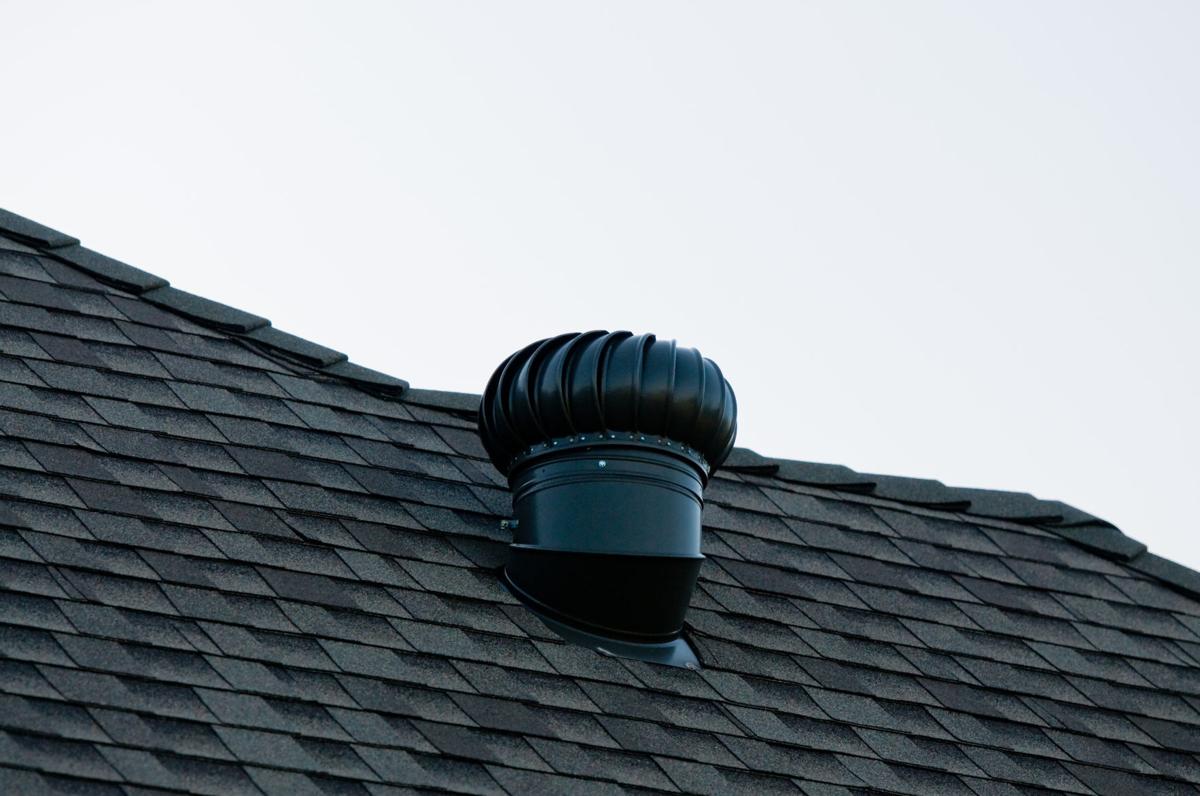QUESTION: I was wondering if I could put small exhaust fans in the ceiling of my garage and have fans suck out some of the hot air from the garage into the attic space. That way the garage would not be as hot as it is in summertime and I could work on projects and my vehicles more comfortably. Or I suppose I could put an exhaust fan in the wall of the garage to remove the hot air to the outside. But I don’t want to rip a hole in the wall. I’d prefer to move the hot air into the attic and then guide that air toward a ventilator in the attic area. Would that system work?
ANSWER: We get many different questions from Arizona homeowners every year about how to remove the hot air from garages during the summer. Unfortunately, the only way to successfully cool your garage is to condition the air with either an evaporative cooler or air conditioner. In addition, unless you insulate the exterior walls and ceiling of the garage as well, the AC or evap cooler could not do their jobs efficiently.
Q: I am remodeling an upstairs guest bath and have some questions. When I pull the old tub out and take out the old mixing valve, which I think is on copper lines, can I put in the new valve by using PEX connectors with SharkBite fittings on the copper pipe and using squeeze-on clips on the PEX to fasten the brass fittings? And what material do I use on the tub surround walls? I’ve heard everything from green board, blue board, regular Sheetrock, or some type of membrane.
A: I would suggest that you not try to make those connections yourself using PEX connectors. PEX can be a great product but working with it requires some experience and tooling to make sure the connections are done properly. It’s also hard to beat the quality of the old tried-and-true soldered connection when you go from copper to copper. A copper connection like that could prevent leak problems in the future.
As for the wall treatment, if you are going to tile the walls, use a HardieBacker board, a cement-based wall panel. There are a couple different manufacturers of the same basic product that could also be used. It would be advisable to apply a waterproofing membrane over the surface of the wall panels before setting the tile. We like a product called RedGard. It’s liquified rubber that can be brushed on. Let it cure, then go ahead and install the tile. But remember: Do not use any type of gypsum wall panel.
Q: Can a crack in a floor be cut out of the middle of a cement slab by making two cuts, one on either side so that I can remove the old concrete and replace it with new?
A: Yes, you can do that. But you’ll need to tie the new concrete to the existing slab. You can do that by drilling into the side cuts of the existing slab to insert ½-inch steel rebar dowels that are a foot long. You’ll need a dowel every 2 feet. The holes for the rebar, drilled into the existing slab, will need to be six inches deep. Be sure to pretreat the area for termites before placing the new concrete.





